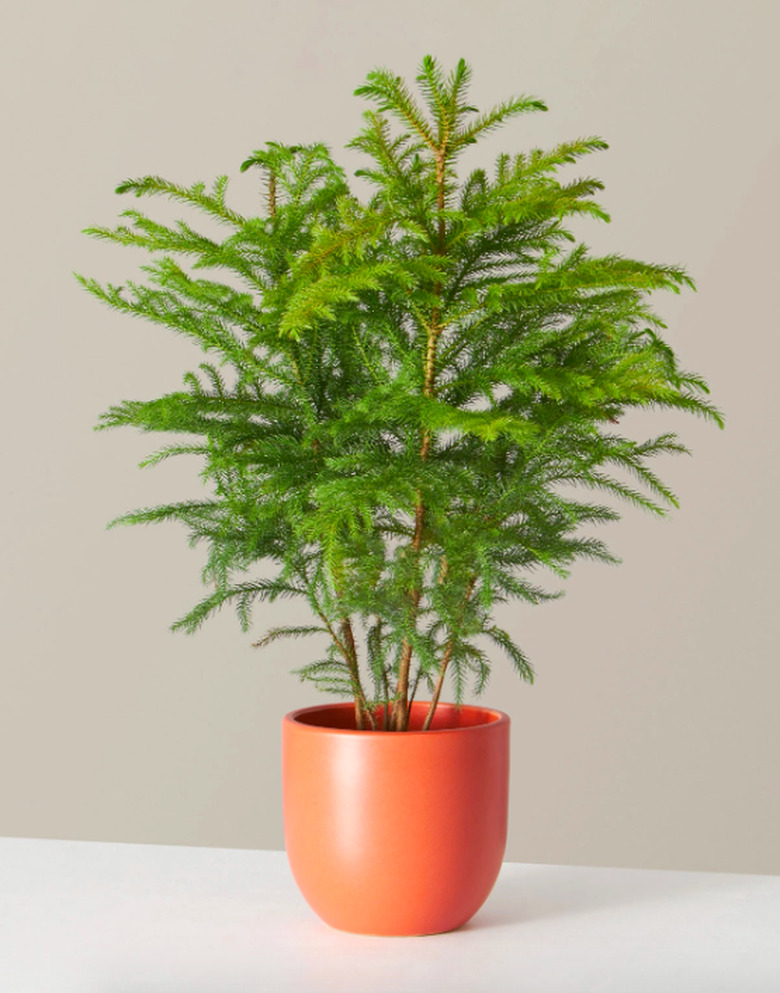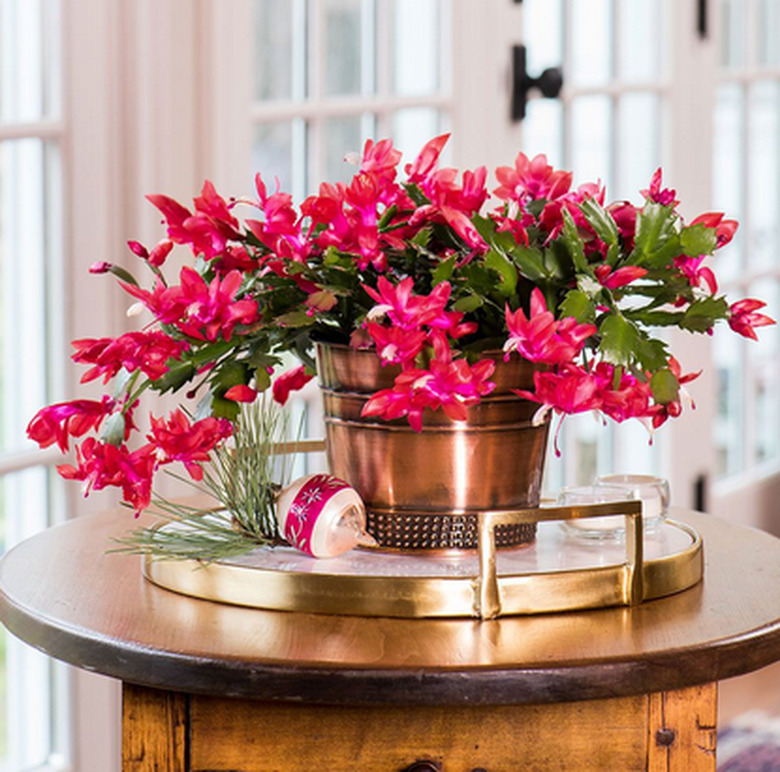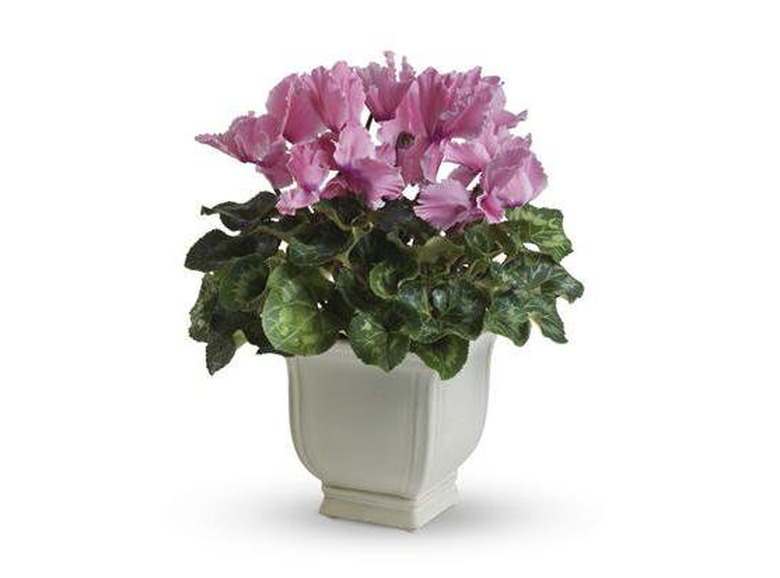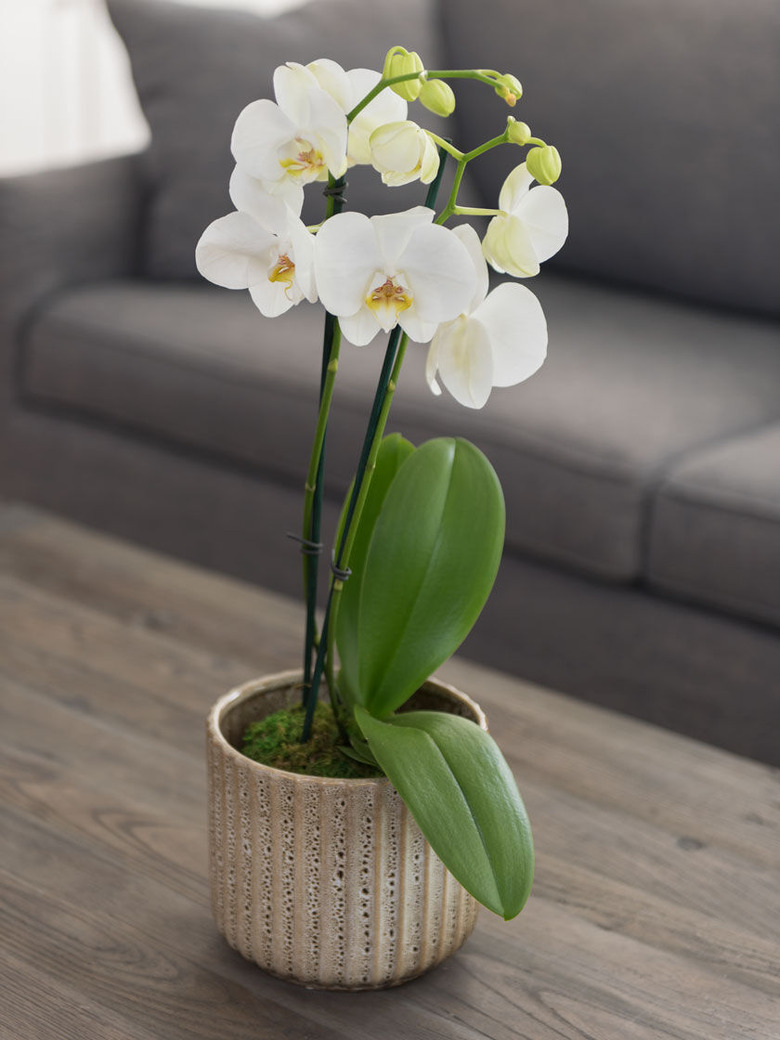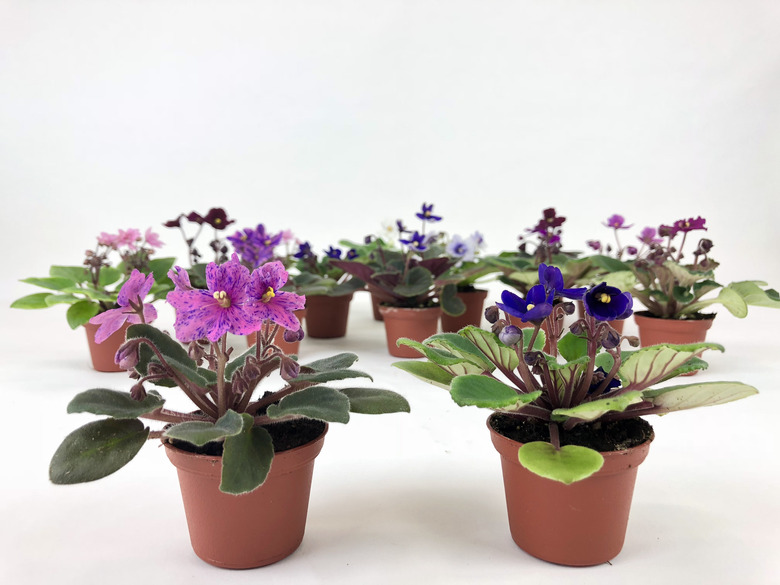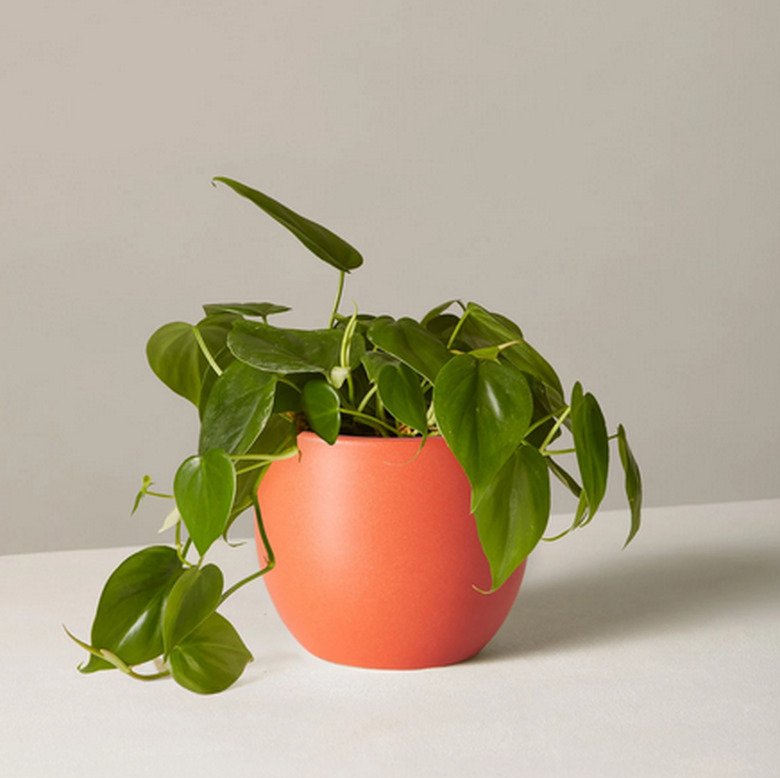Strangely, These Plants Love Coffee
We may receive a commission on purchases made from links.
Can't imagine a morning without coffee? You aren't alone. To many of us across the globe, coffee makes the world go round. So did it ever occur to you that your plants might get a kick out of coffee too? Yep, strange though it may sound, a number of plants would love to share your java on occasion. They take it black, no sugar, please. (See more serving tips below.)
Christmas Cactus
Christmas Cactus
Christmas cactus (Schlumbergera bridgessii) burst into bright finery around the holidays — colorful, tubular flowers in pink or lilac — and seem to bloom for months. This, plus their easy-care ways and long, long life, make them popular and exceptional houseplants. They are epiphytes in the wild, so they require excellent drainage, bright light, and acidic soil.
Forget the eggnog! Your faithful holiday plant prefers to celebrate — all year long — with coffee, coffee, and more coffee. According to Thrifty Fun, these festive, long-lived plants will be thrilled if you irrigate strictly with coffee, half a cup twice a week. Don't overwater by adding more or anything else.
Tip
Be careful to use a coffee filter that hasn't been bleached, since bleach isn't good for plants (and may not be so great for you either.)
Cyclamen
Cyclamen
Cyclamen (Cyclamen spp.) isn't a traditional holiday houseplant, but its popularity soars in winter. You can find container cyclamen, with heart-shaped silvery leaves and colorful flowers, in garden centers as the year draws to a close. The plants grow to 8 inches tall and flower from December through April. The foliage is mega-attractive too, with silver marbling on the upper side of the leaves.
Cyclamen are not demanding houseplants and require very little human effort. But they do prefer their soil on the acidic side. That's why they are happy to share your morning coffee, according to Gardening Know How experts.
Tip
Many houseplants, including cyclamen, like weak coffee, not strong French espresso, so when in doubt, dilute your drip coffee with an equal amount of water before dosing.
Moth Orchids
Moth Orchids
Moth orchids (Phaleonopsus spp.) are far and away the best beginner orchids and they make gorgeous houseplants. They are rewarding, undemanding plants that reward a little effort with a designer display of elegant, arching sprays of bloom, each with over 20 flowers that open successively and last for weeks.
What does "a little effort" mean in this context? It means taking the time to find the balance between light, humidity, temperature, and airflow. They also need regular watering and fertilizer. Can you use coffee? The Dirt Doctor tells us that diluted coffee is a great fertilizer for orchids.
Tip
Remember that coffee may be "feeding" a plant but must also be counted as irrigation, especially for plants that don't like much irrigation. Know your plants' watering preferences and count cups or half-cups of coffee from whatever water you would otherwise provide.
Norfolk Island Pine
Norfolk Island Pine
No, they are not pine. These tropical plants hail from Norfolk Island in the South Seas, where they grow into towering giants. But the smaller, potted versions look like small Christmas trees from a child's dream, with a full, graceful canopy and needles soft enough to pet. They will last for decades and longer with proper care.
Norfolk Island pine (Araucaria heterophylla) grow best in bright light and well-draining acidic soil. That's where coffee comes in, according to the Spruce, since a weekly cup will deliver enough acidity to keep the evergreen happy. They also like humidity, so place the container on a pebble saucer of water to create a little microclimate in a bright corner.
Tip
It goes without saying, or does it? You like your coffee hot, but plants should never be watered with hot liquid. So let that left-over coffee cool down completely before sharing.
African Violets
African Violets
African violets (Saintpaulia spp.) are small, enchanting houseplants that will brighten up any room with their royal purple or deep pink flowers that contrast brilliantly with the soft, dark-green leaves. These delicious little plants bloom in low light as well as the brighter light they prefer and hate sitting in wet soil.
On the other hand, African violets love loose, well-draining soil, acid, and nitrogen. That makes coffee a natural fertilizer. You can pour cool, diluted coffee right into the soil as long as you don't provide too much. There's also another way to do this. According to Creative Homemaking, it's even better to use a mix of coffee grounds and broken egg shells as fertilizer, working a little into the top of the soil every few months.
Tip
What about all those flavored coffee flavors out there? Just say no when it comes to plants, and give them the straight stuff.
Heartleaf Philodendrons
Heartleaf Philodendrons
If only taking care of human hearts was as easy as helping the heart-shaped leaves of philodendron (Philodendron bipinnatifidum) thrive. These are the ultimate survivor plant and they sail right through days of neglect to offer climbing or cascading vines packed with those glossy green leaves. In low, medium or bright lights, philodendron shine.
To make your heartleaf happy, plant it in well-draining soil and water when dry. If leaves turn yellow, you are going overboard, and brown means you are being too stingy. Indoor Flora suggests that adding coffee grounds to the soil keeps the philodendron plant veins strong and flexible.
Tip
Adding coffee grounds to plant soil adds nitrogen, which means faster growth. The grounds also improve soil drainage yet allow it to retain moisture longer.
